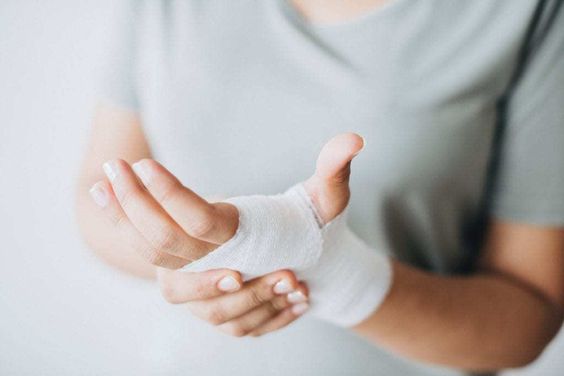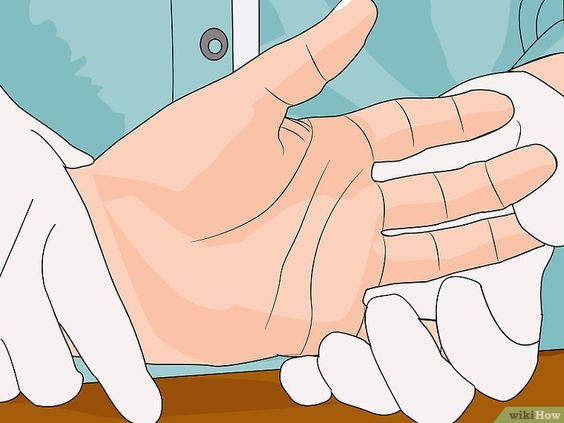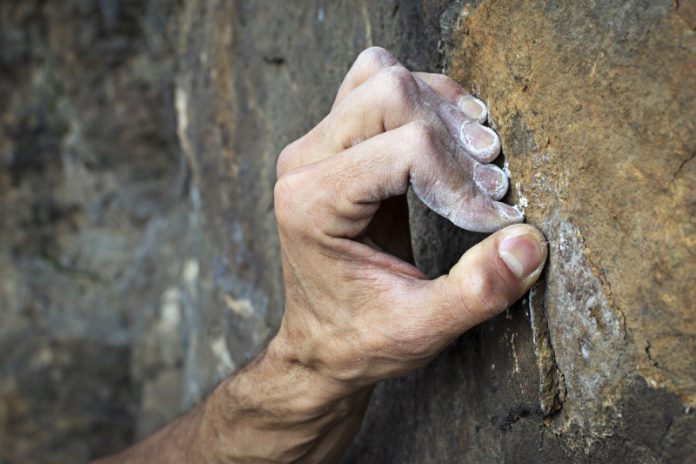Expropery.com – There are a few things you should do to avoid developing Climbers Fingers. Most people will overgrip when they start climbing. If you’re one of them, keep reading to learn some tips. Once you’ve read this article, you’ll be better equipped to avoid this injury. You’ll be able to prevent it, and you’ll feel better about yourself in the long run. After all, no one wants to hurt themselves on their climb!
Don’t try to diagnose the injury yourself

Firstly, you should warm up your fingers separately from other parts of your body. This is because climbing has a wide variety of effects on the structures of your body, including your fingers. A proper warm up is essential, and a slow progression will allow the diffusion of synovial fluid into the joint. Do not try to diagnose your injury on your own, either. Just because you train in a gym doesn’t make you an expert.
Some guidelines on how to diagnose this injury

A systematic review of rock climber injuries revealed that closed finger flexor pulley systems are a common cause of injury. Unfortunately, there are few guidelines for how to diagnose these injuries. We sought to determine what the best diagnostic tests and criteria are. To do this, we searched four electronic databases for relevant studies. Then, two reviewers independently identified potentially relevant titles based on the inclusion criteria. The articles were then rated based on their scientific quality, and inter-reviewer reliability was assessed using a Kappa statistic.
Dynamic ultrasound is an extremely effective diagnostic tool for pulley injuries

Another study found that dynamic ultrasound is a very effective diagnostic tool for finger flexor pulley injuries in extreme rock climbers. The researchers found that this technology was able to differentiate between healthy controls and rock climbers with a 90% sensitivity rate and 100% specificity. It was also able to accurately diagnose complete A2/A3 pulley injuries in seven of the patients. These results suggest that dynamic ultrasound may be a useful tool to identify this injury in the early stages.
The best way to remove chalk from your hands is to use a cleaning product with a soft scrub brush. But keep in mind that chalk is quite aggressive, so it is essential to test various brands to find one that works best for you. Lastly, the water should be lukewarm or slightly warmer so it does not dry out the skin. Cooler water is still effective for removing dirt and stains.









